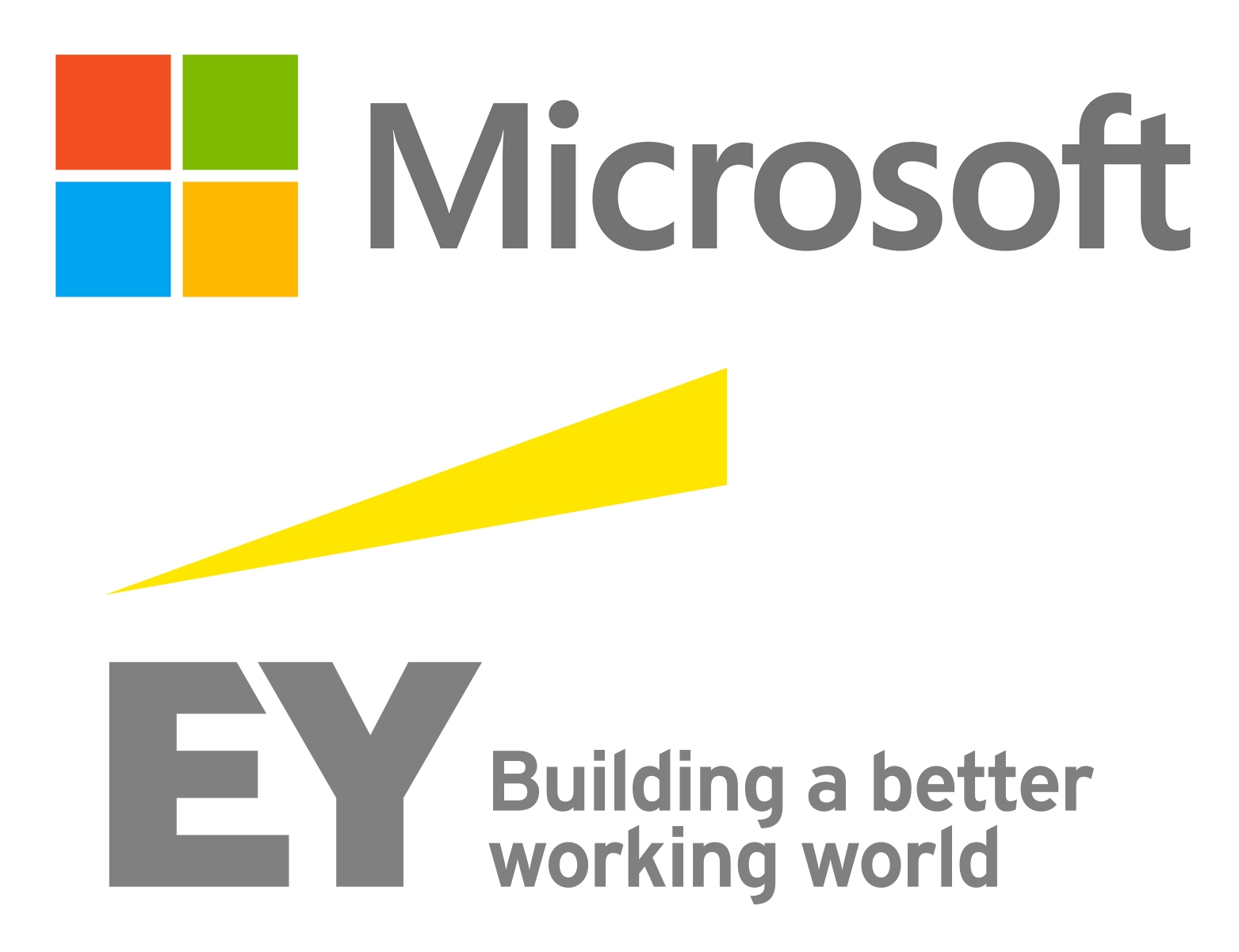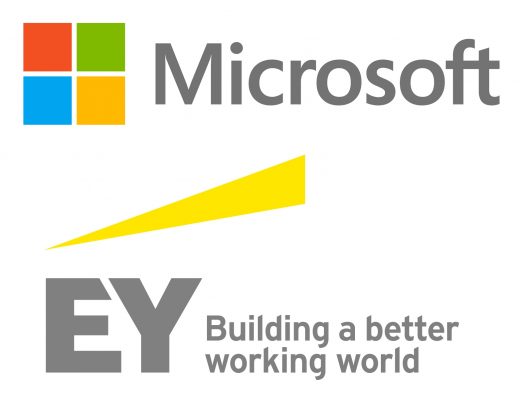Microsoft, EY Blockchain For Gaming IP Rights Will Transition To Advertising
Microsoft, EY Blockchain For Gaming IP Rights Will Transition To Advertising
Microsoft and EY launched a blockchain for content rights and royalty management this week with the goal of streamlining costly and time-consuming processes in entertainment rights and royalties. The model will initially serve gaming and then transition to advertising and other industries.

The two companies are using the Quorum blockchain running in the Azure environment. When fully deployed, it will have more than 3,000 business partners that run 2 million transactions daily, said Paul Brody, EY’s global innovation leader.
Ubisoft, along with two other major video game companies, have been using the blockchain, looking at the output of the blockchain and comparing it with the output of the transitional system. They are helping to verify and validate the data. The consensus algorithm — the back-end system — verifies that the transactions are processed correctly.
Today the system handles about 50,000 daily transactions in beta.
“The rules of payments and transactions are very similar to advertising, so we plan to expand this into multiple types of intellectual property,” Brody said.
Brody anticipates that advertisers will capitalize on the same type of information and speed. “We’re putting the plumbing in place,” he said. “Then we change the business rules,” he said. This would apply not only the business rules for IP, but also for viewability, he said — viewability of the ads to verify the ads were viewed by a website visitor, for example.
“People don’t trust that they got what they paid for,” he said, citing viewability, reporting errors, and the way ads are priced in marketplaces.
As for the gaming industry, Microsoft and the game publishers have identical versions of the database so marketers and developers at each company can verify the transactions.
Managing the rights and the royalties for digital media is an incredibly challenging and complex process. Take the Microsoft Xbox gaming platform, for example, with more than 3,000 game publishers and about the same amount of games. Every game in every country is sold as a separate product and governed by a specific contract that ranges from something relatively simple to something more complex.
Those contracts require payment. As Microsoft’s sales grew, it became a very complex process to determine what the company owes each partner. Today it takes Microsoft 45 days following the end of the month before the company has the data to tell its business partners how much they owe the company based on sales across the platform.
Brody said the blockchain will reduce that 45-day process to less than a minute because it automates the rights and payment process. “They also can inspect all the underlying data and view the business logic to make sure the rules are in line with the contract,” he said.
The complex process require Microsoft to buy the games from the game publishers, which don’t actually make the games. They buy the games from developers, who integrate several pieces of intellectual property into the game. That IP requires payment.
The advertising industry works in a very similar way. “It might be 180 days from when someone clicks on a game in the app store to when they get paid,” Brody said.
(61)


